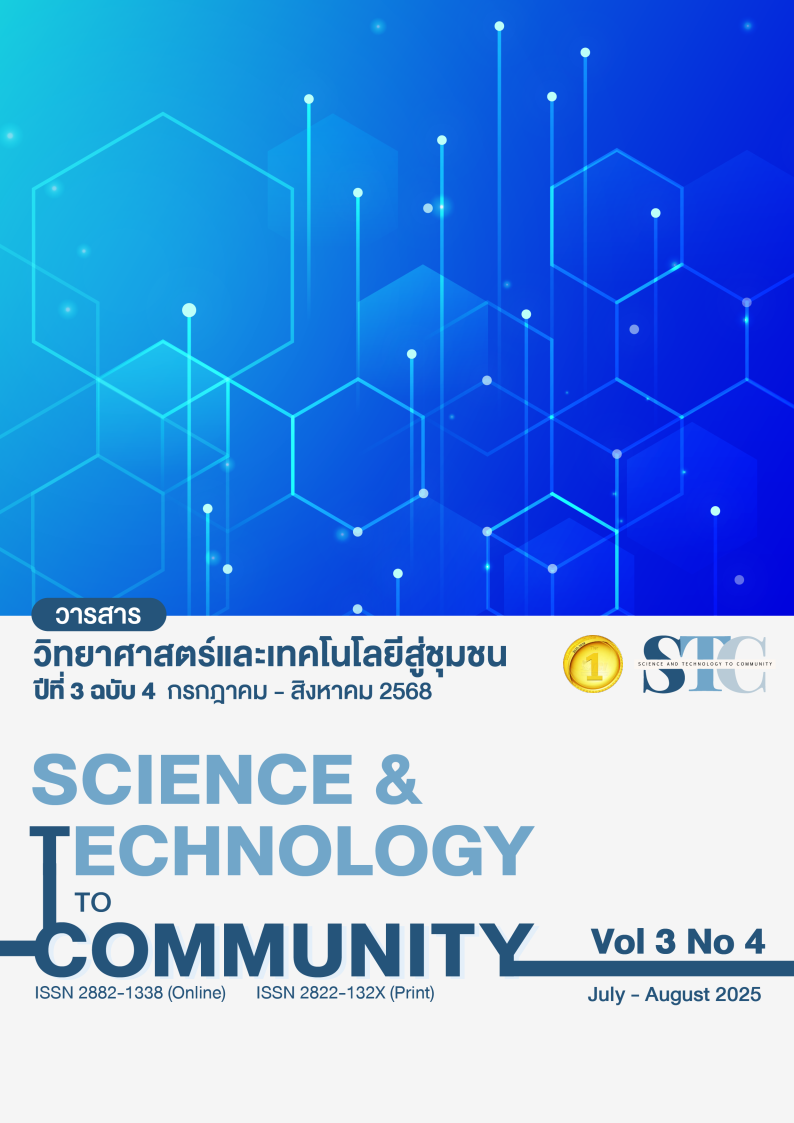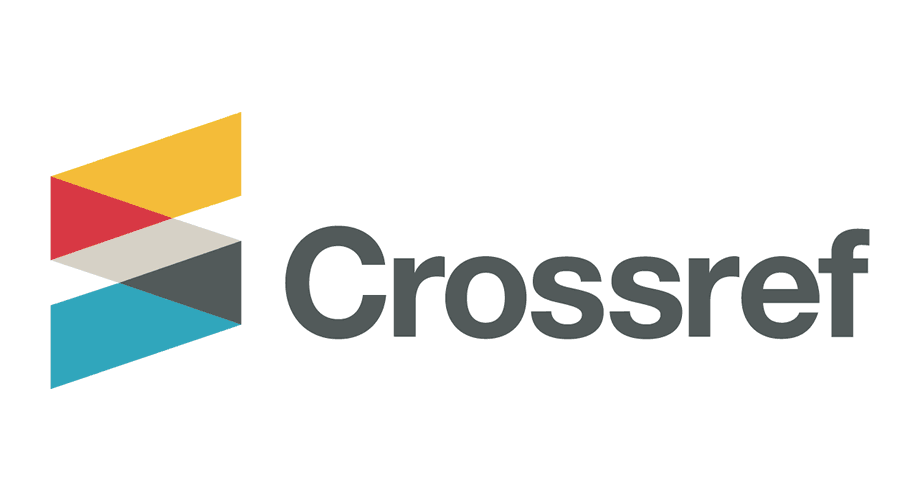Development of a Website for Recommending Tourist Attractions in Japan
DOI:
https://doi.org/10.57260/stc.2025.1049Keywords:
Website, Tourism, JapanAbstract
This research aimed to: 1) develop a tourism recommendation website capable of suggesting tourist attractions by region, season, destination type, and festivals in a way that suits users' preferences, and 2) evaluate user satisfaction with the developed system. The sample group consisted of 10 undergraduate students majoring in Computer Education and 20 general individuals interested in Japanese culture and tourism, selected using simple random sampling. The research instruments included the developed website and a user satisfaction questionnaire. The system was developed based on the System Development Life Cycle (SDLC), including database design using MySQL and website development using HTML, CSS, JavaScript, and PHP, implemented through Visual Studio Code and XAMPP for testing. The results revealed that the system could recommend tourist attractions according to users’ preferences in terms of season, destination type, festivals, accommodations, and travel planning. User satisfaction was found to be at a high level, with an overall average score of 4.41. Limitations of the development included the simplicity of the website design and incomplete coverage of tourist information in some regions. Recommendations for future development include integrating an automatic travel planning system using Machine Learning technology and providing multilingual support for international users.
Downloads
References
กรมส่งเสริมการท่องเที่ยว. (2565). รายงานการวิจัยเพื่อพัฒนาการท่องเที่ยว. สืบค้นจาก https://www.tat.or.th
กิตติวรรธน์ กิตติวรรธนา. (2559). การพัฒนาระบบฐานข้อมูลวิจัยโรงเรียนนายสิบทหารบก. ในการประชุมวิชาการระดับชาติ มหาวิทยาลัยราชภัฏนครปฐม ครั้งที่ 7, 30-31 มีนาคม 2558 (หน้า 1392-1397).นครปฐม: มหาวิทยาลัยราชภัฏนครปฐม.
เกียรติชัย เกียรติประดับ และ สุระพล คำงาม. (2565). เว็บไซต์แนะนำสถานที่ท่องเที่ยวในจังหวัดกรุงเทพมหานคร. สืบค้นจาก https://e-research.siam.edu/wp-content/uploads/2023/02/IT-information-technology-2022-project-Tourist-Attractions-on-Bangkoks-Website_.pdf
เกียรติพงษ์ อุดมธนะธีระ. (2562). วงจรพัฒนาการพัฒนาระบบ. สืบค้นจาก https://dol.dip.go.th/th/category/2019-02-08-08-57-30/2019-03-15-11-06-29
ชาญณรงค์ ขุนทอง. (2562). การพัฒนาเว็บไซต์ประชาสัมพันธ์การท่องเที่ยวจังหวัดกระบี่. (วิทยานิพนธ์มหาบัณฑิต, มหาวิทยาลัยศรีนครินทรวิโรฒ).
บุญชม ศรีสะอาด. (2560). การวิจัยเบื้องต้น. (พิมพ์ครั้งที่ 10). กรุงเทพฯ : สุรีวิยาสาส์น.
สุมนา บุษบก, ปวันนพัสตร์ ศรีทรงเมือง, อาณัติ รัตนถิรกุล และ วรรษา พรหมศิลป์. (2562). การพัฒนาเว็บไซต์และสื่อมัลติมีเดียเพื่อเผยแพร่ข้อมูลแหล่งท่องเที่ยวโดยชุมชน. สืบค้นจาก https://research.rmutsb.ac.th/fullpaper/2562/research.rmutsb-2562-20200805133952214.pdf
ศิรภัสสร อารามแก้ว. (2564). การพัฒนาเว็บไซต์แนะนำแหล่งท่องเที่ยวในจังหวัดเพชรบุรี. (วิทยานิพนธ์มหาบัณฑิต, มหาวิทยาลัยราชภัฏเพชรบุรี).
เอกภาพ ปิ่นสุวรรณ. (2564). การพัฒนาเว็บไซต์ฐานข้อมูลเพื่อส่งเสริมการท่องเที่ยว อำเภอหางดง จังหวัดเชียงใหม่. เชียงใหม่ : มหาวิทยาลัยราชภัฏเชียงใหม่.
องค์การส่งเสริมการท่องเที่ยวแห่งประเทศญี่ปุ่น. (2567). Travel Japan – ข้อมูลท่องเที่ยวญี่ปุ่นอย่างเป็นทางการ. สืบค้นจาก https://www.japan.travel/th/th/
Statista. (2024). Travel planning behavior by generation worldwide in 2024. Retrieved from https://www.statista.com/statistics/1256514/global-travel-planning-behavior-by-generation/
Downloads
Published
How to Cite
Issue
Section
License
Copyright (c) 2025 Science and Technology to Community

This work is licensed under a Creative Commons Attribution-NonCommercial-NoDerivatives 4.0 International License.
1. Articles, information, content, images, etc. that are published in "Science and Technology for Community Journal" is the copyright of science and Technology for Community Journal. Chiang Mai Rajabhat University. If any person or organization wants to distribute all or any part of it or do any action Must have written permission from the science and Technology for Community Journal, Chiang Mai Rajabhat University.
2. Content of articles appearing in the journal is the responsibility of the author of the article. The journal editor is not required to agree or take any responsibility.














